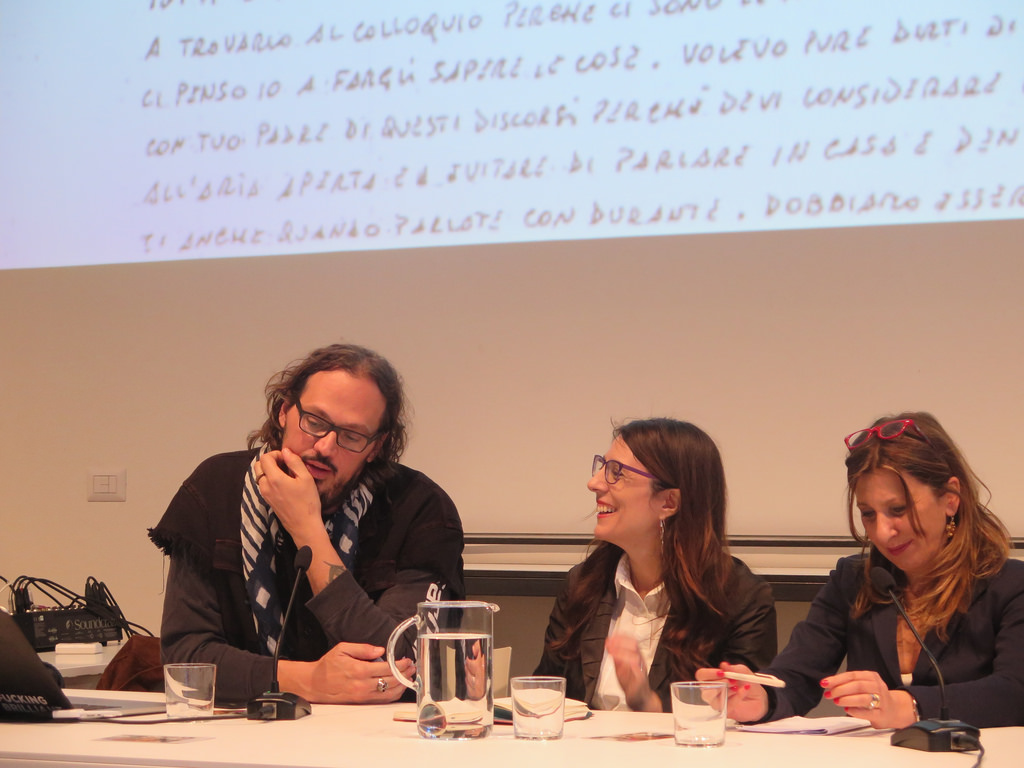
Valerio Spada, Serena Uccello and Marzia Sabella at Camera in Turin
Last Thursday i spent the evening at the Camera photo center in Turin for a round table that bore the very intriguing title Fotografare l’invisibile: la mafia tra latitanza e latenza (“Photographing the Invisible: the Mafia between being on the run and latency”, yes, that’s my miserable translation and it definitely sounds more laborious than the original.) The event was a discussion between photographer Valerio Spada, famous in Italy for the way he documents the Mafia in Naples and in Sicily; Marzia Sabella, a magistrate who is a consultant for the Parliamentary Anti-Mafia Commission; and Serena Uccello, a journalist who wrote several books about the Mafia.
I don’t know a lot about the Sicilian Mafia. But there was one name that kept popping up in the conversation that i had heard of: Bernardo Provenzano. Provenzano was nicknamed Binnu u tratturi (Sicilian for “Binnie the tractor”) because of the way “he mows people down.” And of course he was capo di tutti capi (boss of all bosses) of the entire Cosa Nostra until his arrest in 2006.
Most of his criminal career was spent on the run. From the moment he was indicted for murder in 1963 until the police finally found him, he spent 43 years hiding in Sicily. It was his land, his territory and he needed to maintain a physical presence if he wanted to keep a tight grip on the reins of power.
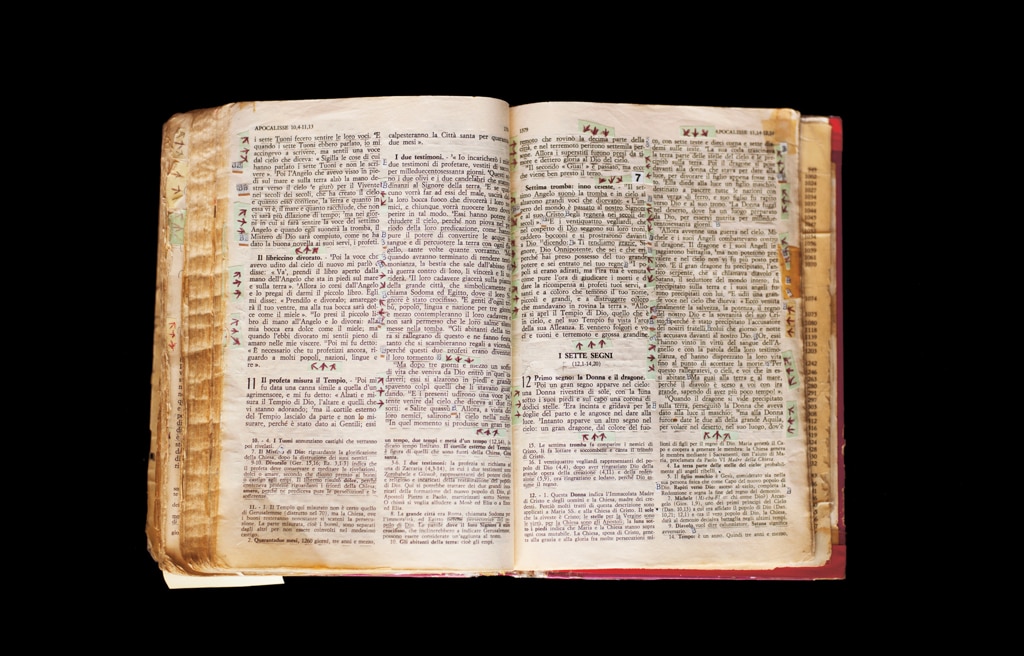
Valerio Spada, Bernardo Provenzano’s Bible, Justice Palace, Palermo, 2012.
During all those years as a fugitive, he communicated with his lieutenants by word of mouth or by pizzini – neatly folded pieces of paper that replaced phone conversations. Provenzano was a deeply religious man. He would methodically highlight verses from the Bible and thread relevant passages in his pizzini through otherwise routine instructions regarding business matters.
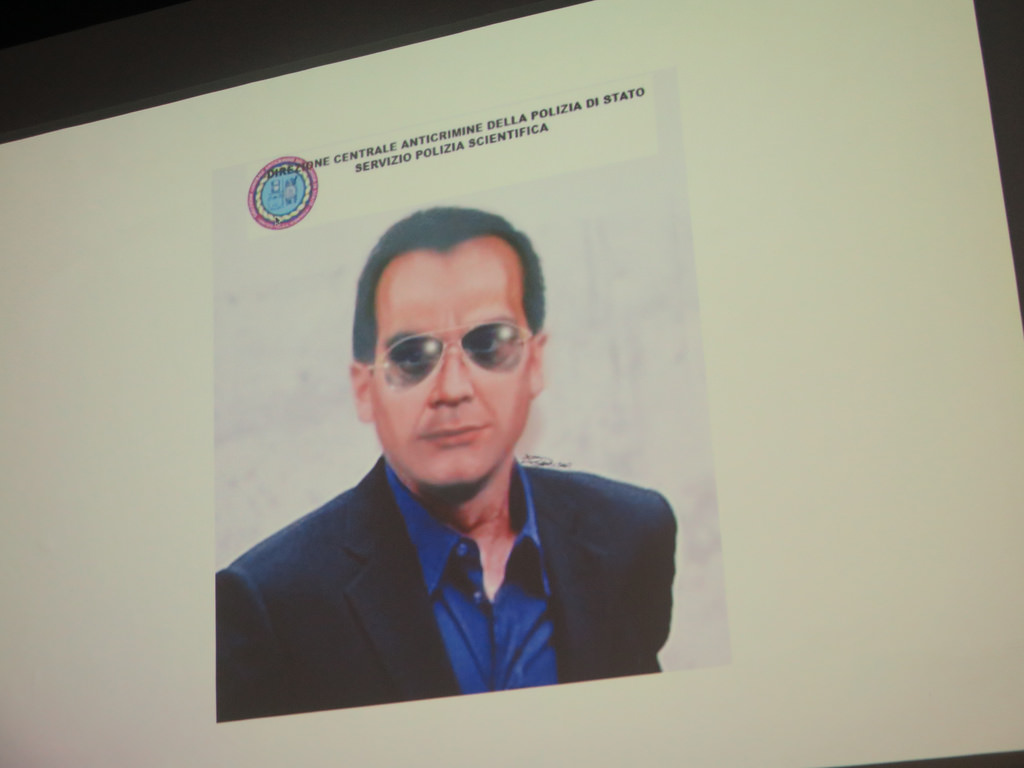
A photofit of Matteo Messina Denaro whom everyone but me in the room recognised
I did however spent the whole evening wondering “who the hell is this Denaro they keep talking about?” Matteo Messina Denaro, it turns out, is the other very famous Sicilian boss. According to Forbes, he is among the ten most wanted criminals in the world. He too has a nickname. They call him Diabolik. Provenzano named him as his successor in one of his pizzini. He has spent many years in hiding as well (14 years so far) but hasn’t been found yet.
Photographer Valerio Spada is interested in this existence spent on the run. What do you carry with you when you decide to disappear? What do you take along when you are forced to move from one place to another?
The other thing that fascinates the photographer is how much these men sacrifice to stay on top and remain on the territory where they do business. As prominent members of the mafia, they believe that they are ‘on a mission’ and they are ready to give up anything as long as they remain in power: love, family, luxury, comfort. Which explains why Provenzano last hiding place was decidedly decidedly lackluster. As for Messina Denaro, he has probably never met his daughter. In a “pizzino” sent to the former mayor of Castelvetrano (a town in the province of Trapani), he writes: “You don’t know what pain is; living my life without ever having met my daughter.” These men enjoy power and social prestige but not much else.
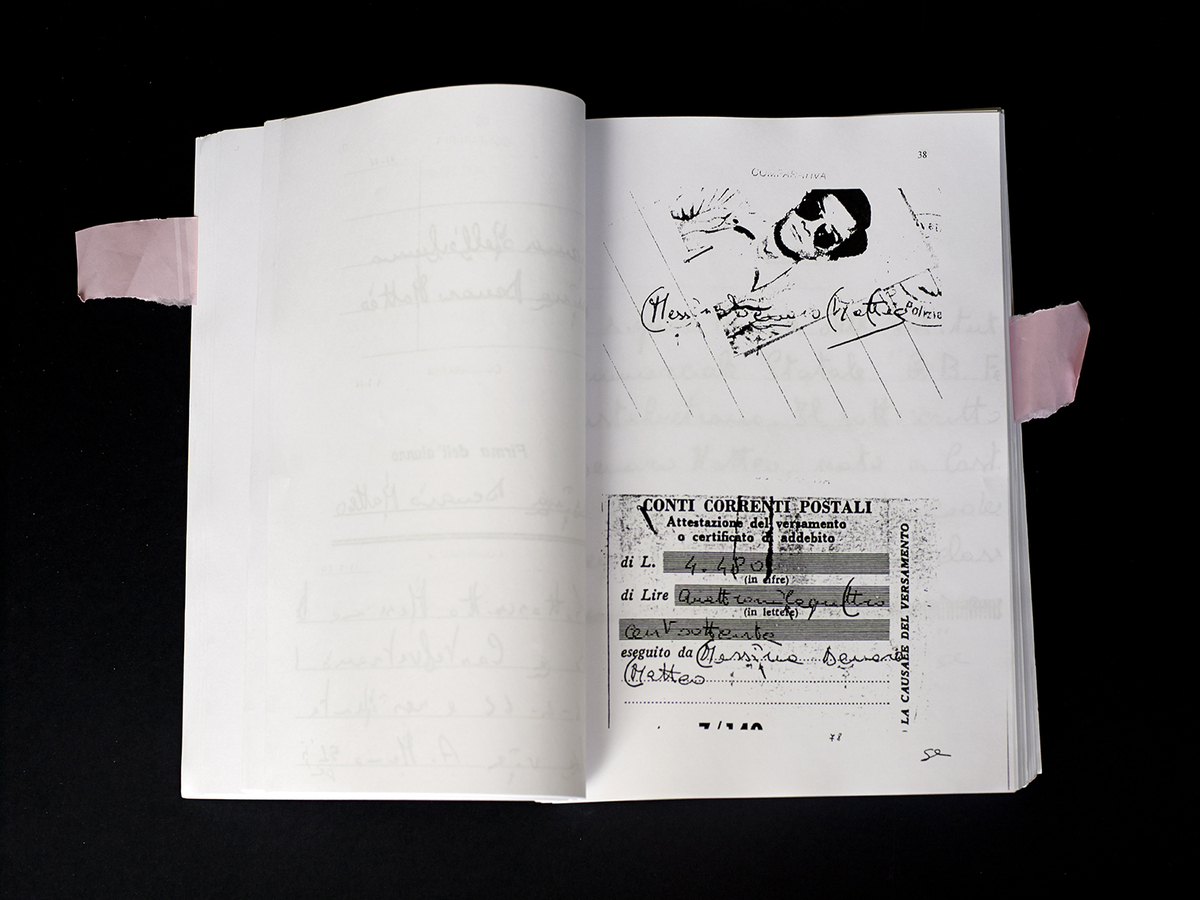
Matteo Messina Denaro graphological examination of the very few traces he left behind him before disappearing in 1993
Spada managed to get access to and record many of Provenzano’s possessions in his photos. The focus of the series however goes beyond the tangible objects. It meticulously investigates the absence of men who are invisible yet dominate the territory through a complex system of dissimulation, silence and obliteration.
I’m copy/pasting below some of Spada’s photos, with a few comments about them:
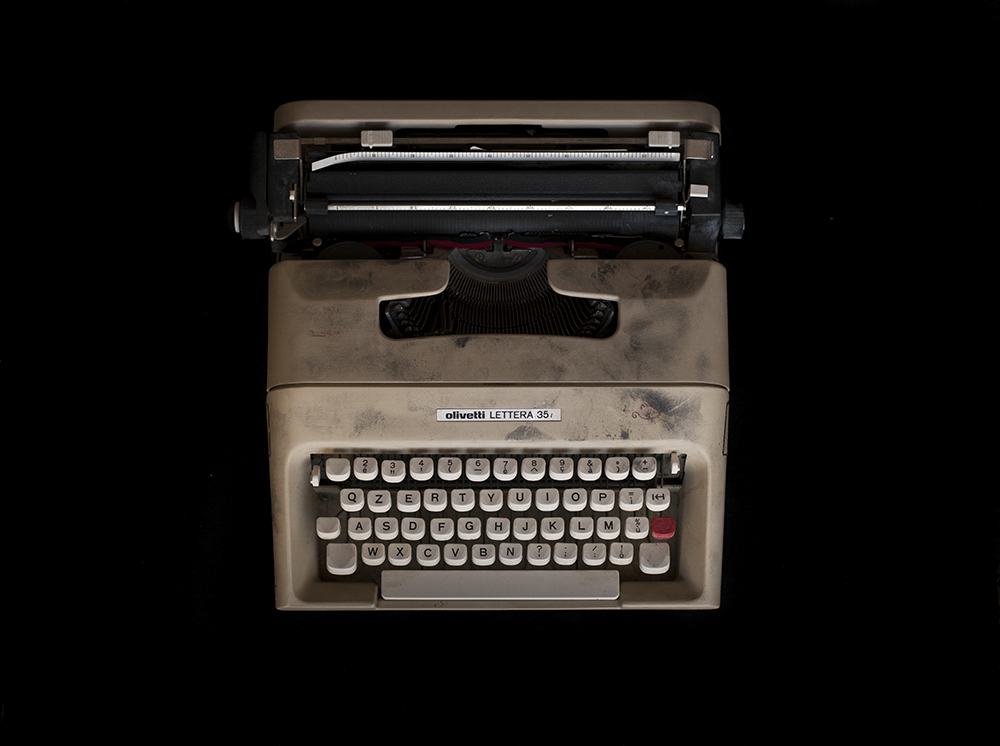
Valerio Spada, Olivetti Lettera 35
Typewriter machine used by Provenzano to send messages that ranged from death orders to instructions to move money around. The messages are called “pizzini”, they are A4 paper size coded messages, folded multiple times and wrapped in transparent tape with a number on it that indicates the final recipient. The order will reach its destination after it has passed through 7 different intermediaries.
Matteo Messina Denaro has been known to use Skype for urgent matters.
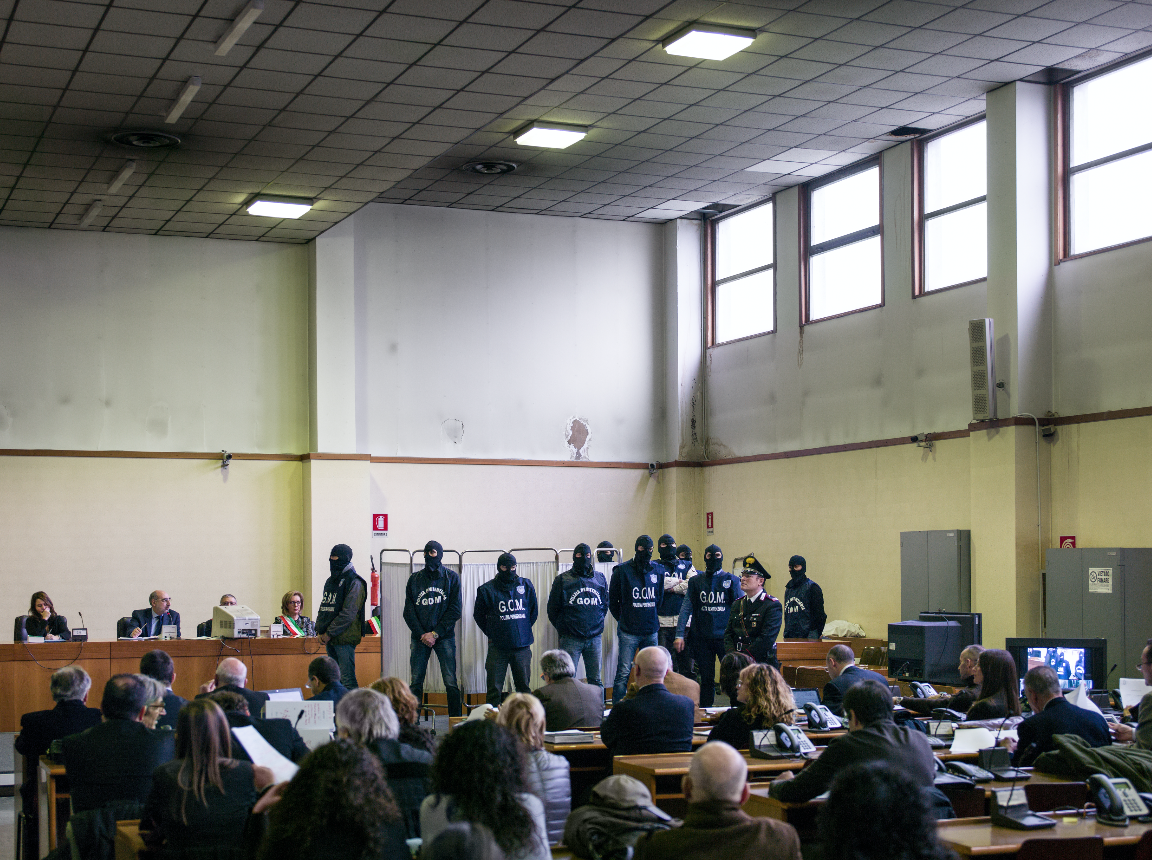
Valerio Spada, Aula Bunker, Milano, 2013
Giovanni Brusca‘s deposition in the bunker of the Court of Milan on 11 December 2013. Brusca used to be a member of the Sicilian Mafia until he was arrested and became an informant of the police. The deposition is one of the very few instances when the invisible becomes visible.
Note that the policemen have to wear a balaclava to keep the anonymity necessary for their own protection.
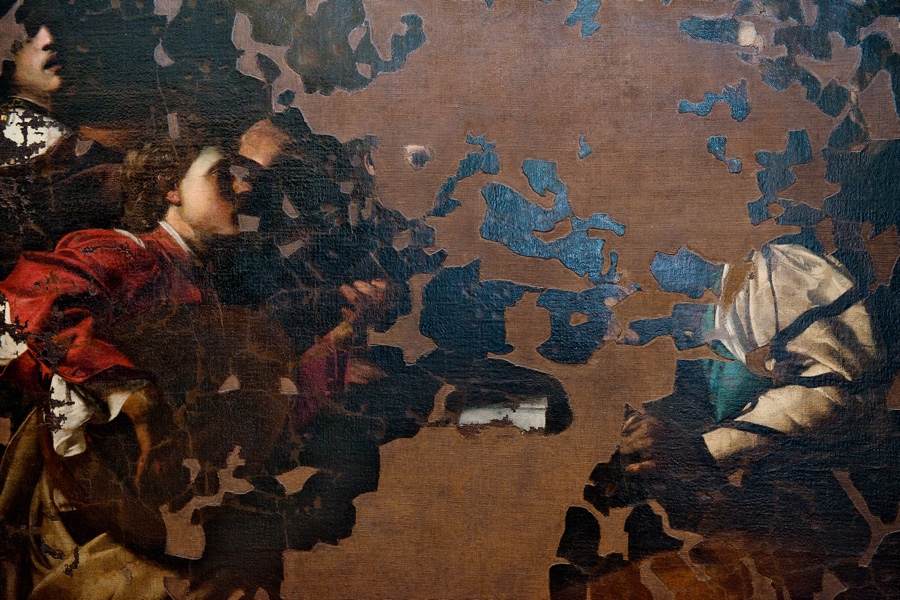
Valerio Spada, A Concert by Bartolomeo Manfredi, The Uffizi Gallery, Florence, 2013
Bartolomeo Manfredi’s painting was severely damaged after the bomb explosion in Via dei Georgofili, Florence in the early hours of 27 May 1993. The bombing was part of a campaign of terror orchestrated by the Corleonesi clan in response to the application of the article 41-bis law, by which mafiosi are imprisoned in particularly harsh conditions, which greatly restricts their contact with other inmates and non-prisoners in an attempt to stop them continuing to orchestrate crime from the inside.
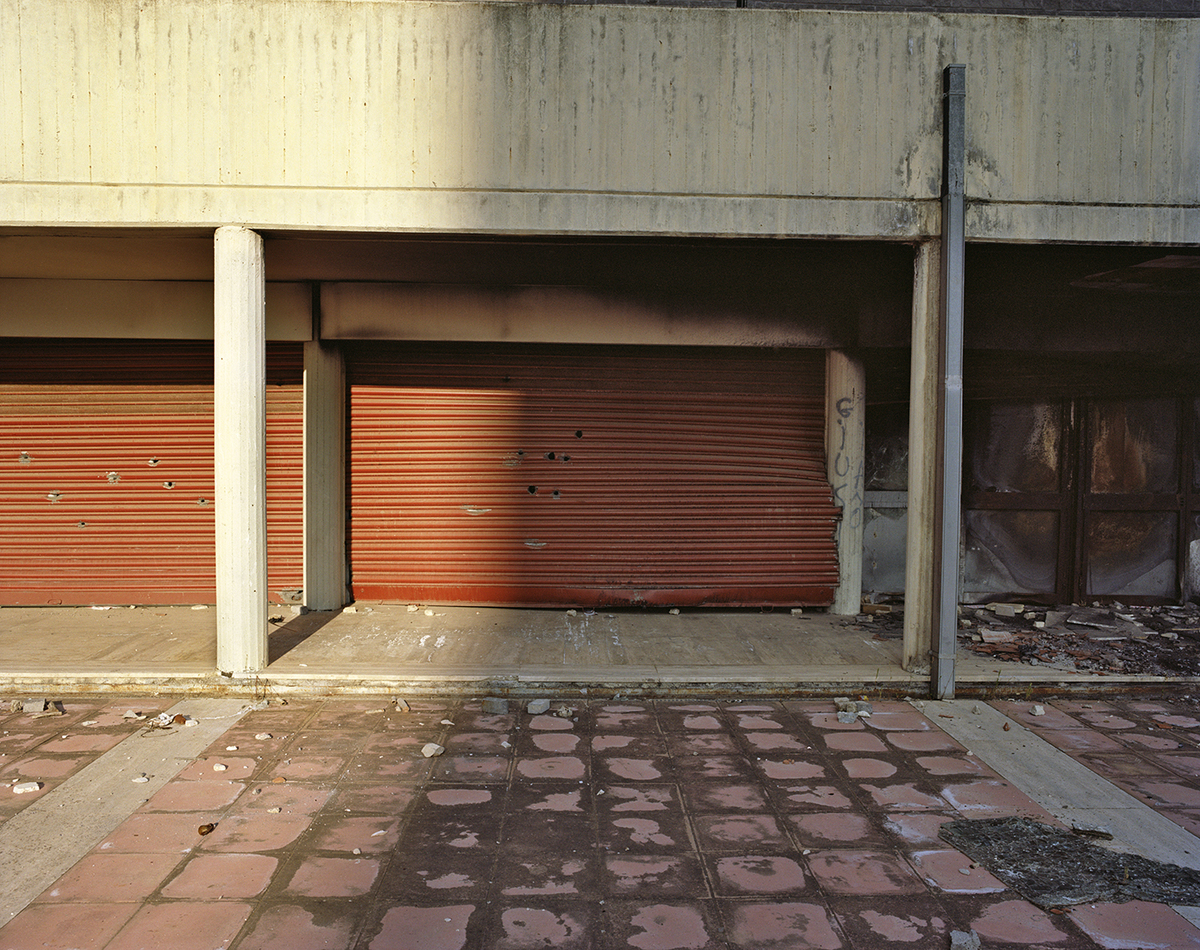
Catania, Librino, Teatro Moncada
The photo series is called “I Am Nothing”, a title inspired by words like the ones Matteo Messina Denaro wrote in one of his pizzini:
“You see, I have known pure desperation and I have been alone, I have experienced hell and I have been alone, I have fallen many many times and I have got back up again on my own; I have witnessed pure ingratitude on the part of everyone and anyone and I have been alone, I have known the taste of dust and in my solitude I have been nourished by it […] I am nothing, a loser, but if you need this nothing, I am always here for you, for anything. That is not rhetoric, I mean it from the bottom of my heart. I really love you.
With lasting esteem and love, as always
P. S.
When you have read this letter,
burn it.”

Valerio Spada, Girls at palazzo di cemento, Catania, 2012

Inside the book ‘I Am Nothing’ by Valerio Spada
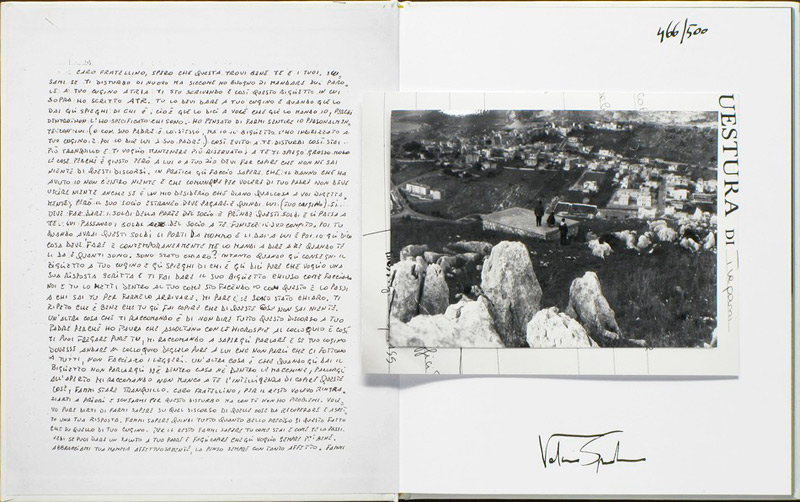
Inside the book ‘I Am Nothing’ by Valerio Spada
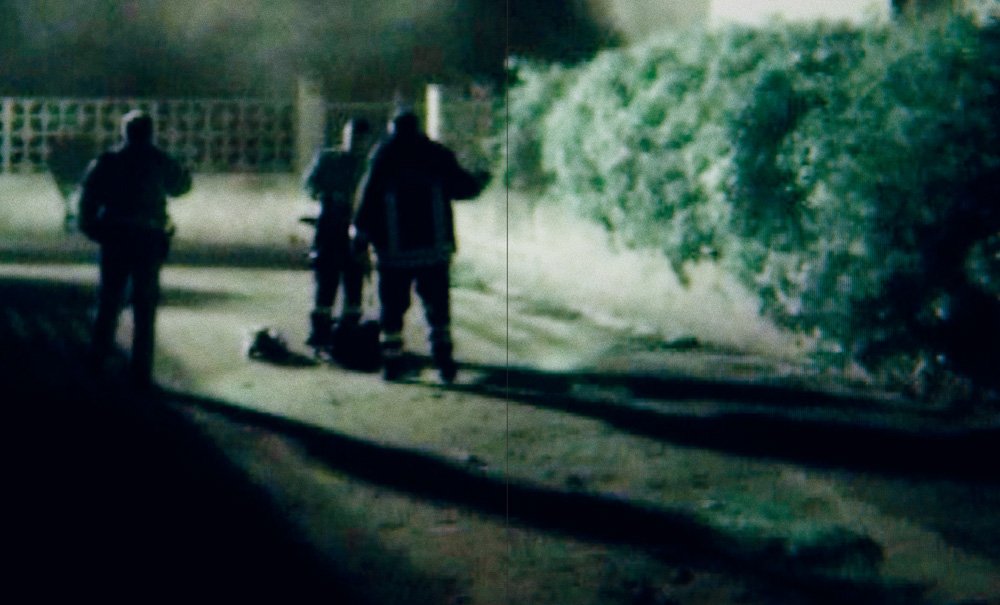
Inside the book ‘I Am Nothing’ by Valerio Spada. Photo via PhotobookCorner
Interviews with Spada in the logging road and in the huff post. Video interview (in italian) with Spada with views of the exhibition by Contemporary Art Torino.
